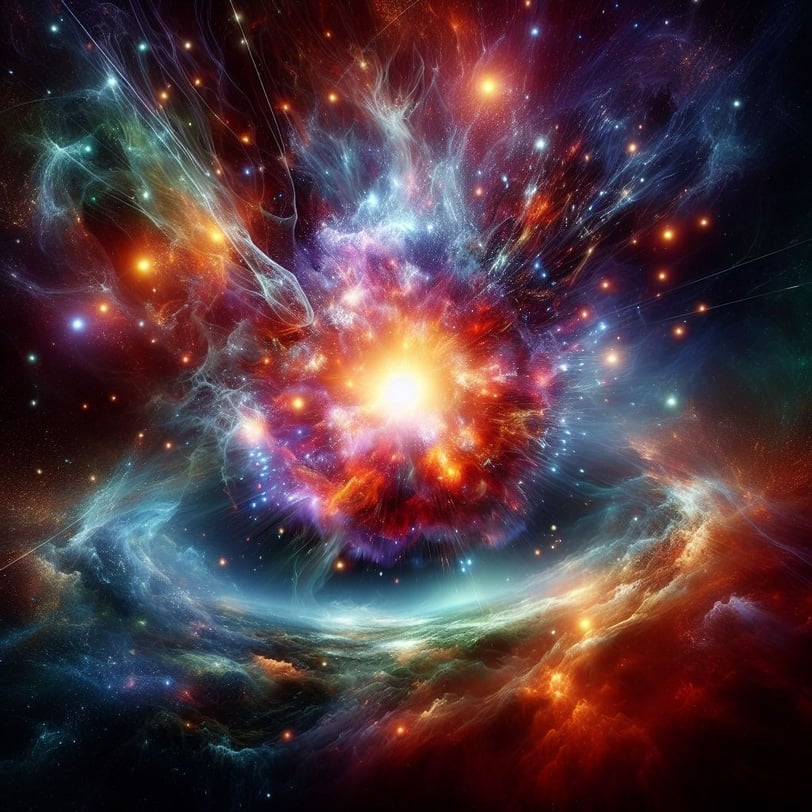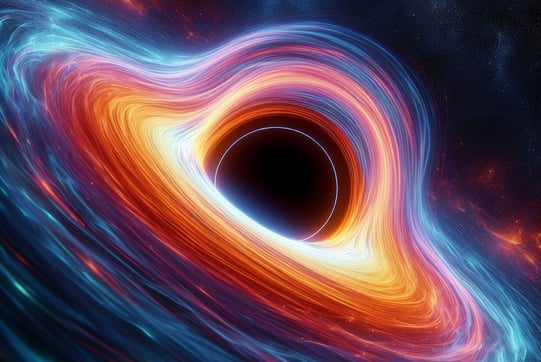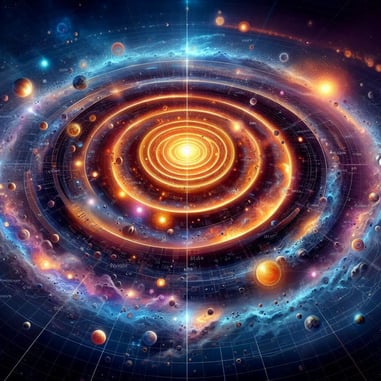the big bang theory: what's the big idea?
SCIENCETHE BIG BANGTHEORY
5/4/20243 min read


It can be pretty mind boggling, the idea that everything in the infinite universe was created from one single point.
So...what’s the big idea?
Well, what exactly happened?
The theory of the Big Bang is the idea that the universe originated from one very hot, dense point 13.8 billion years ago, and that the universe has been expanding and cooling down ever since.
Imagine the universe as a balloon being inflated: long ago, all the matter and energy in the universe was squished together into a tiny, hot, and dense point, like the deflated balloon. Then, suddenly, it began to expand, just like the balloon being blown up.
But how did this create the universe?
As the universe expanded cooled down, particles like protons, neutrons, and electrons were able to form, eventually leading to the formation of atoms, stars, galaxies, and everything we see in the universe as we know it today.
After the Big Bang, the universe was extremely hot and dense, with temperatures so high that atomic nuclei and electrons could not combine to form stable atoms. Instead, the universe consisted of a hot, opaque plasma of protons, neutrons, and electrons, known as a primordial soup.
As the universe continued to expand and cool down, reaching temperatures of around 3000 Kelvin (about 2727 degrees Celsius or 4940 degrees Fahrenheit), a significant event occurred known as recombination. During recombination, the universe cooled to the point where electrons could combine with atomic nuclei to form neutral atoms, predominantly hydrogen and helium, of which most of our universe is composed. To be precise, out universe is approximately formed of:
75% Hydrogen (H)
25% Helium (He)
Trace amounts of all other known elements
Okay, and where did the big bang originate?
Where exactly, we don't really know, yet! As we now know, the Big Bang theory posits that the universe began as an extremely hot and dense state, which is often referred to as a singularity, or a black hole. A singularity is a point in space-time where gravitational forces become infinitely strong and the laws of physics, as we understand them, break down.
*This image is an AI generated image of a black hole.
In the context of the Big Bang theory, the singularity, or the black hole, represents the initial state from which the universe emerged. The exact nature of this singularity and what preceded it remain open questions in cosmology. Ongoing research seeks to develop a more complete understanding of the origins of the universe and the physics that determined its earliest moments.
Are we 100% sure this is how the universe was created?
Probably..? While the big bang theory is supported by a wealth of observational and theoretical evidence, scientists continue to refine and test the model through ongoing research and observations. Nonetheless, the overwhelming consensus among cosmologists is that the Big Bang provides the most compelling explanation for the origin and evolution of the universe.
The question of what, if anything, existed before the Big Bang remains one of the most intriguing and challenging puzzles in cosmology, and it continues to inspire ongoing research and debate among physicists and cosmologists.
Great! Is there anything else I should know?
Although the Big Bang is the most popular and likely theory on how our universe was created, there are other theories. Click here to learn about them!






